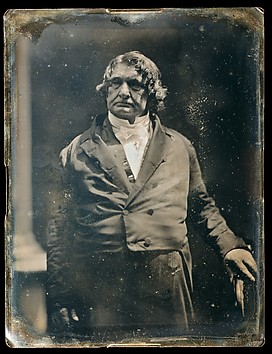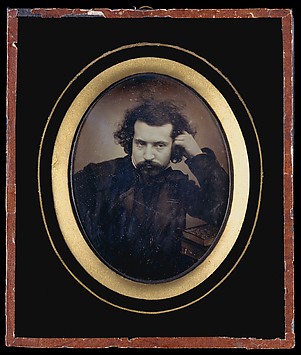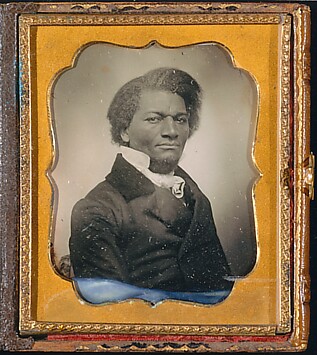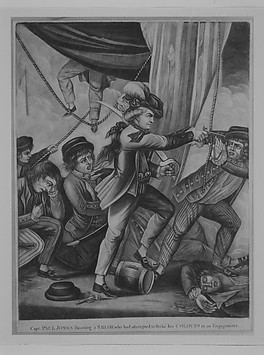In 1842, the pioneering French photographer Joseph-Philibert Girault de Prangey (1804–1892) set out eastward across the Mediterranean, daguerreotype equipment in tow. He spent the next three years documenting lands that were then largely unknown to the West, including Greece, Egypt, Turkey, Syria, and Lebanon, in some of the earliest surviving photographic images of these places. Monumental Journey, the first monograph in English on this brilliant yet enigmatic artist, explores the hundreds of daguerreotypes Girault made during his unprecedented trip, offering a rare, early look at sites and cities that have since been altered—sometimes irrevocably—by urban, environmental, and political change. Beautiful full-scale reproductions of Girault’s photographs, many published here for the first time, and incisive essays shed new light on the arc of his career and his groundbreaking contributions to the burgeoning fields of photography, archaeology, and architectural history. Monumental Journey presents an artist of astonishing innovation whose work occupies a singular space at the border of history and modernity, tradition and invention, endurance and evanescence.





![Image for [Two Girls]](https://images.metmuseum.org/CRDImages/ph/mobile-large/DP268441.jpg)




![Image for [Two Standing Female Nudes]](https://images.metmuseum.org/CRDImages/ph/mobile-large/DT1154.jpg)
![Image for [Landscape with Cottage]](https://images.metmuseum.org/CRDImages/ph/mobile-large/DT1150.jpg)
![Image for [The Salon of Baron Gros]](https://images.metmuseum.org/CRDImages/ph/mobile-large/DP231110.jpg)

![Image for [Cornelius Conway Felton with His Hat and Coat]](https://images.metmuseum.org/CRDImages/ph/mobile-large/DT2537.jpg)

